Bonds are an interesting financial animal.
With stocks, investors become part owners of a company, albeit usually at a very, very small level. We benefit as the company earns more revenue and profit, hopefully sending some of the cash back to us in the form of dividends, or using the funds to grow the company or, these days, buy back stock.
And if the company is successful, we hope that other people will recognize it and bid up the shares, handing us capital gains.
Bonds entitle the owners to guaranteed cash flow.
We don’t care how the company performs, as long as it makes enough to pay the bills, giving us our interest payments and our eventual return of principal.
If the company is ultimately successful, or even simply viewed as successful by other investors, doesn’t matter at all. We just want our money.
With that in mind, companies that issue bonds, along with their promise to pay it back, are evaluated on a sliding scale from “most likely to pay” to “probably going to default.” And they pay an interest rate equivalent with their repayment risk.
This makes high-yield bonds, or those issued by companies with a questionable ability to pay, something of a puzzle.
Clearly, bond buyers want to receive their interest and principal, but they’re willing to invest at the very limit of reasonable, often giving money to companies and even governments that are moving quickly in the wrong financial direction.
The trick is to buy enough bonds from different issues to offset the risk of any one of them failing to pay. That’s harder to do with interest rates at such low levels (thank you, Federal Reserve), and might lead to very ugly outcomes.
Recently Tesla (Nasdaq: TSLA) reported production issues with its new Model 3 and the company’s stock dropped more than 6%. The stock recovered from that fall, but then Tesla hosted a weird earnings call on Wednesday.
CEO Elon Musk told investors not to buy Tesla shares if they can’t stomach volatility. He also refused to answer what he called “boring bonehead questions” from Wall Street analysts, including one about the Model 3.








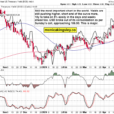
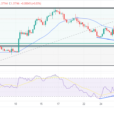
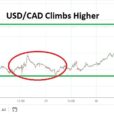
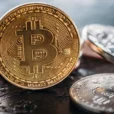
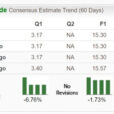
Leave A Comment